HAPPY MOTHERS (OF INVENTION) DAY
They say a woman’s place is in the home, but we think it’s in the lab, too. This Mother’s Day, instead of offering up a breakfast-in-bed menu or list of last-minute gift ideas, we’re giving a shout-out to women whose inventions have made our homes safer, smarter, healthier, more comfortable—better.
These are women who saw necessity as opportunity, women who imagined things that never were and made them happen. They were teachers, engineers, factory workers, scientists, housewives. And while they were not all mothers in the literal sense, we’re honoring them anyway—they’re all mothers of invention.
DISHWASHER
Josephine Cochrane (1839–1913)
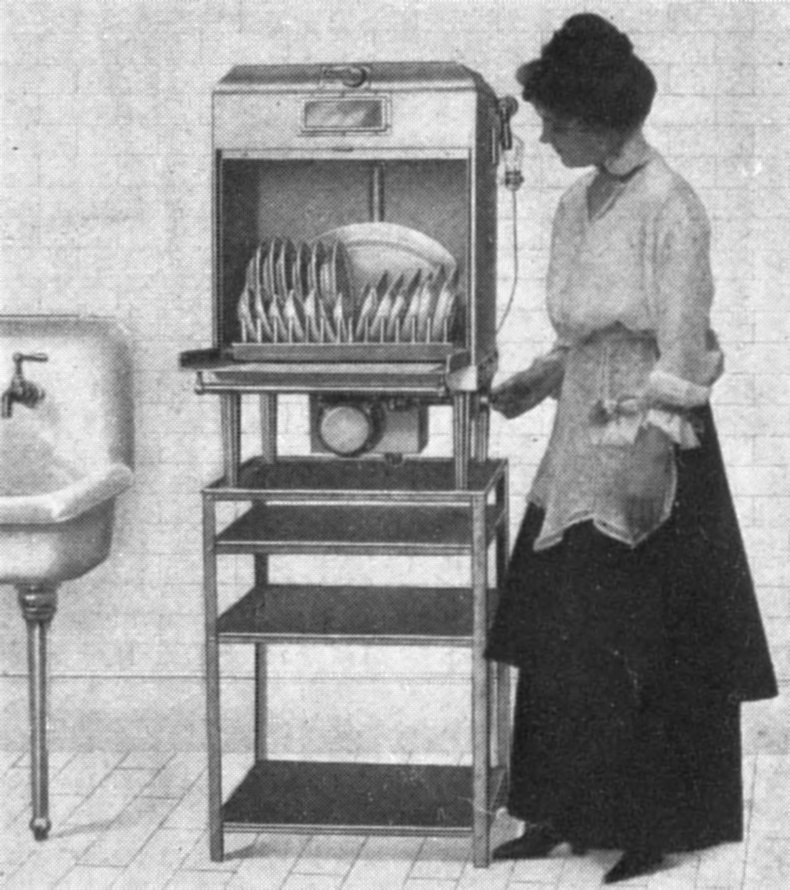
Josephine Cochrane and her dish-washing machine, c. 1886
So maybe it wasn’t altruism that inspired this invention, but we still have socialite Josephine Cochrane to thank for saving us all from dishpan hands. In the mid-1880s, the well-to-do hostess from Shelbyville, Illinois, was known for her frequent, lavish dinner parties. Needless to say, there was always a lot of cleanup to do, but Josephine didn’t give much thought to the tedious task that fell to her kitchen staff—until she discovered they were chipping her fine china.
Fed up, she took matters into her own hands and designed the first mechanical dishwashing machine that actually worked. She was awarded a patent in 1886 and founded a company (eventually known as KitchenAid) that would manufacture her machine, but it would be decades before the dishwasher became a commercially successful household appliance.
SOLAR HEATING SYSTEM
Maria Telkes (1900–1995)
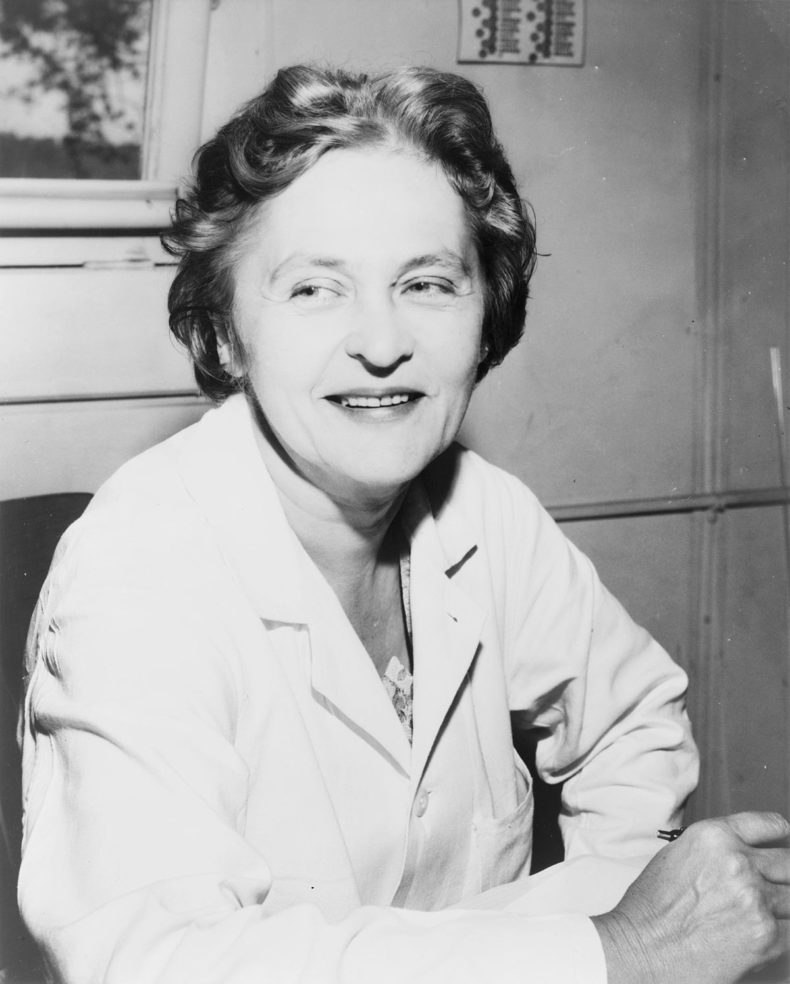
Scientist Maria Telkes was known as “The Sun Queen.”
Maria Telkes got the sun in her eyes at an early age. Even in high school, the Hungary native found solar energy intriguing. At 25, after earning a Ph.D. in physical chemistry, Maria emigrated to the U.S., where she worked as a biophysicist and later as a research engineer in the field of energy conversion. In 1940, she joined the solar research team at the Massachusetts Institute of Technology, where she and architect Eleanor Raymond designed and built the Dover Sun House, the first completely solar-heated home. A prolific inventor who was awarded twenty patents over the course of her life, Maria also designed the first simple, easily operated solar oven for use in developing countries.
FOLDING CABINET BED
Sarah E. Goode (c. 1855–1905)
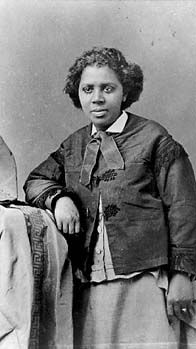
Former slave-turned-entrepreneur Sarah E. Goode.
There was no getting up on the wrong side of the bed for many who lived in the working-class neighborhoods of Chicago after the Civil War. Apartments were small and cramped, so beds were often jammed into corners, taking up the lion’s share of floor space. Sarah E. Goode would have none of it. Born into slavery around 1855, Goode and her husband Archibald, a carpenter, moved to Chicago after the war, where they opened a furniture store.
Because so many of their customers lived in tight quarters, Goode invented what she called a “folding cabinet bed,” which, when not in use, folded up and served as a rolltop desk. It inspired the later, popular Murphy bed, but Goode made history for another reason: She was the first African-American woman to be granted a U.S. patent.
DISPOSABLE COFFEE FILTER
Melitta Bentz (1873–1950)
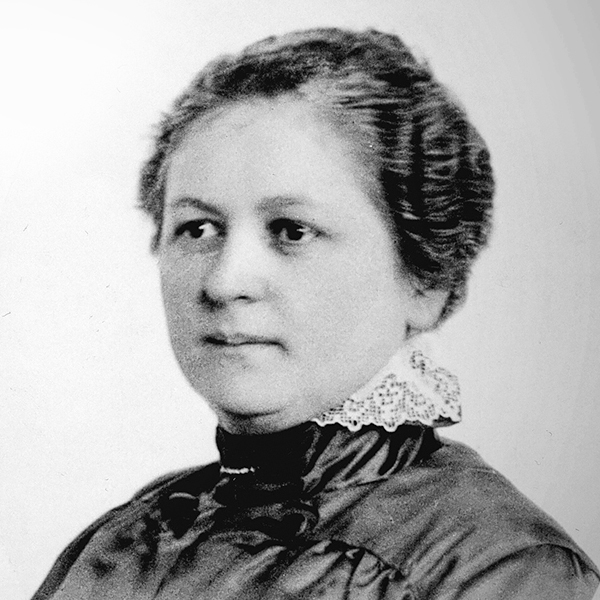
Melitta Bentz, inventor of the first paper coffee filter.
If this inventor’s name sounds familiar, it’s because the name she made for herself over a century ago is still well represented in the coffee aisle of your local supermarket. Melitta Bentz went from clever housewife to inventor, entrepreneur, and household name in 1908 when she registered a humble invention she called a “Filter Top Device Lined with Filter Paper” with the patent office in Dresden, Germany.
Melitta had grown tired of coffee that was overly bitter and full of grounds—plus she hated cleaning the sticky mess at the bottom of her pot. One day she punched holes in the bottom of the pot, and lined the inside with a sheet of blotter paper ripped from a school notebook. She filled the pot with grounds, set it over a coffee cup, poured boiling water over it—and the first disposable coffee filter was born. The Melitta company still manufactures paper filters today—along with ground coffee, single-serve coffee, coffee makers, pour-over manual coffee brewers, and accessories.
HOME SECURITY SYSTEM
Marie Van Brittan Brown (1922–1999)
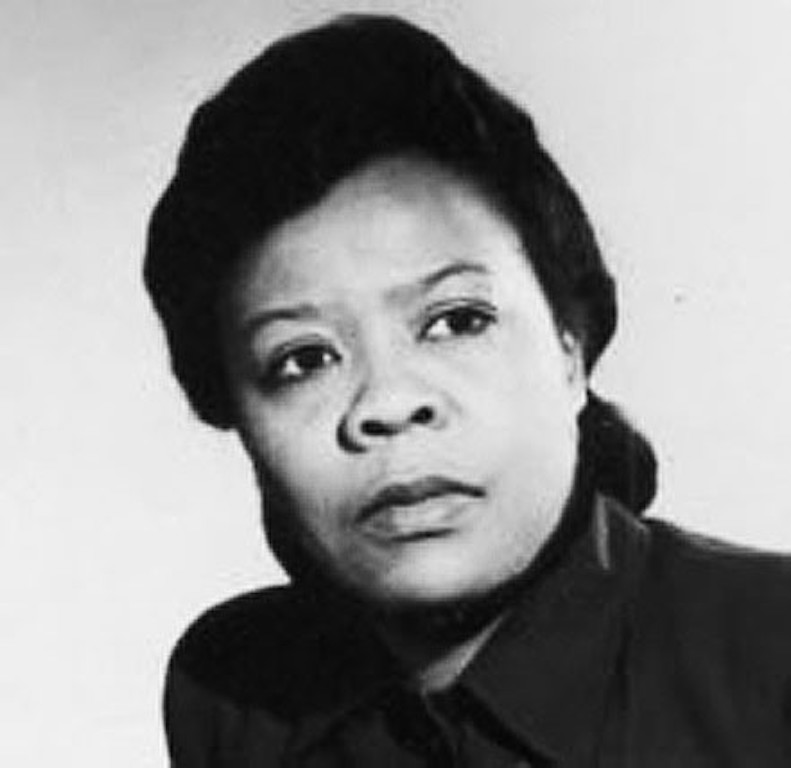
Home security system inventor Marie Van Brittan Brown.
This invention’s got nothing on today’s smart houses, but hey, we all have to start somewhere. In this case, “somewhere” is Marie Van Brittan Brown’s hometown of Jamaica, Queens, where she lived with her husband, Albert Brown, an electronics technician.
A nurse who worked odd shifts, Marie often worried about her safety in their high-crime neighborhood, so she designed a security system, showing camera images of the front door, that could be operated from her bedroom. She and Albert created a prototype that worked, and were granted a patent for the invention in 1966. Home security system technology has come a long way since then, but it was Marie’s invention that inspired it.
FOOT PEDAL TRASHCAN
Lillian Gilbreth (1878–1972)
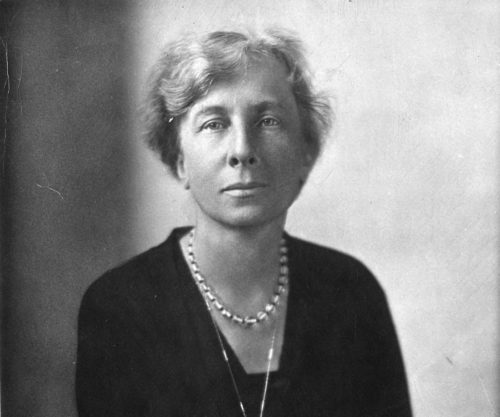
Lillian Gilbreth: She invented the kitchen triangle, too.
Lillian Gilbreth made trash disposal a lot less icky when she invented a can with a lid that opened with the touch of a foot. But that doesn’t begin to tell the story of a woman who dedicated her life to problem solving both inside (she came up with the idea of shelves inside refrigerator doors—who knew?) and outside the home. Dubbed the “mother of modern management,” the inventor of the foot pedal trashcan was an author, industrial engineer, and mother of twelve, who with her engineer husband, Frank, tested efficiency ideas in their New Jersey home. Two of their children later wrote a best seller about growing up in the Gilbreth household; Hollywood turned it into a movie: Cheaper by the Dozen (1950).
CHOCOLATE CHIP COOKIES
Ruth Wakefield (1903–1977)
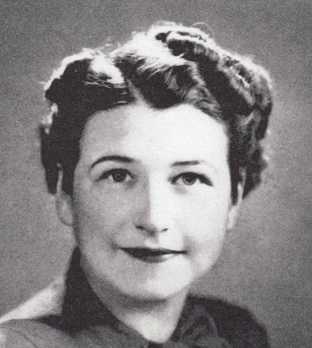
Ruth Wakefield, the mother of the chocolate chip cookie.
One of our favorite home improvements of all time is the delicious aroma of chocolate chip cookies baking in the oven. Thank you, Ruth Wakefield!
Ruth was a dietician who, with her husband, Kenneth, ran a roadside inn in Massachusetts in the 1930s. Ruth was known for her cooking, especially her homemade desserts, so travelers looked forward to stopping at the Toll House Inn (see where we’re going with this?).
Legend has it that one day, Ruth was baking a batch of cookies when she discovered she was out of baker’s chocolate. She substituted broken pieces of Nestle’s semisweet chocolate, but they didn’t melt as expected. The result was the accidental invention of what Ruth called Toll House Crunch Cookies. They were an immediate hit, and according to most surveys taken over the years, the chocolate chip remains the most popular cookie in America.




